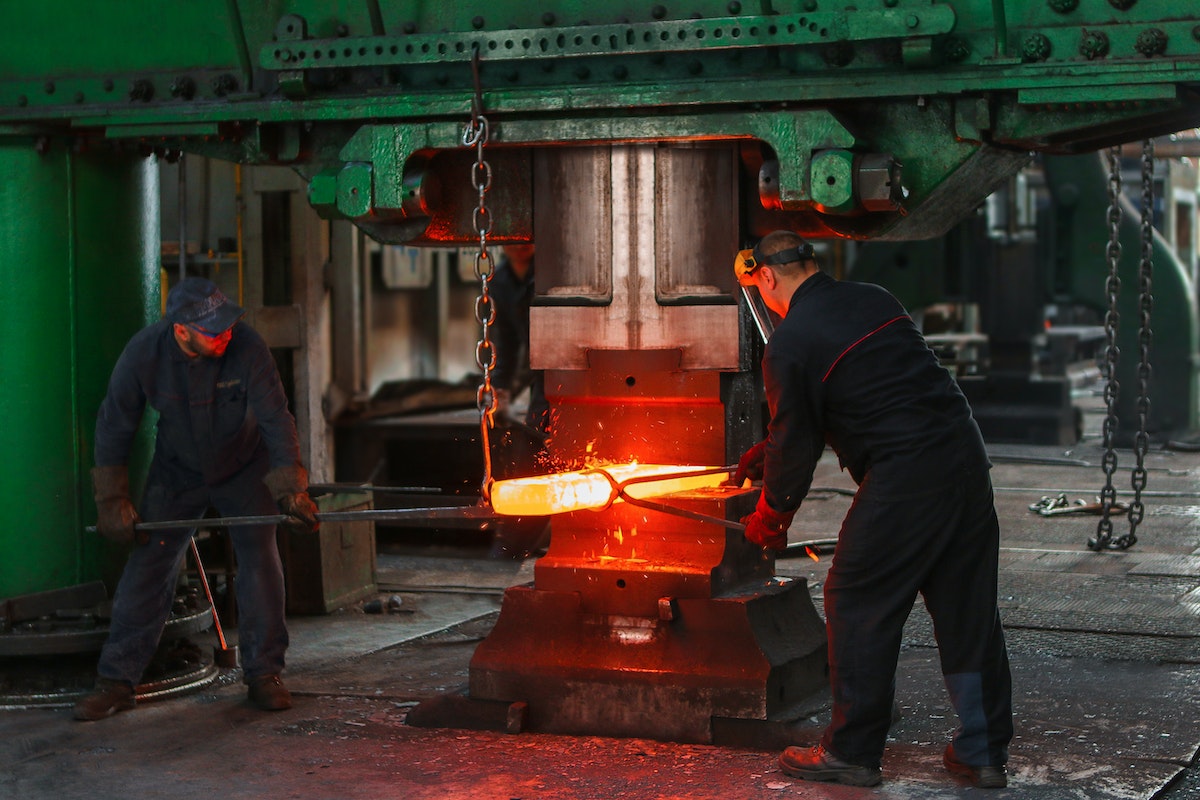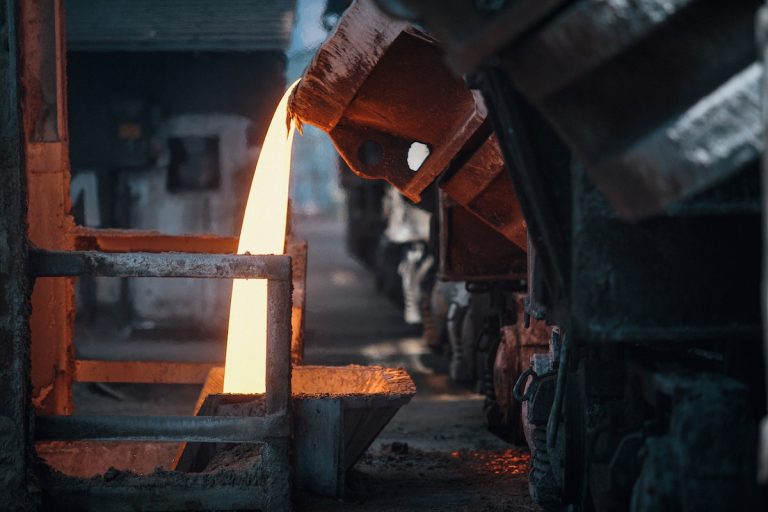Manufacturing is essential to our economy, so finding ways to make it more sustainable is crucial. The good news is there have been major advancements in green manufacturing technologies in recent years. However, there are still a lot of myths and misconceptions about what green manufacturing is and how it works. This blog post will dispel some of the most common myths about green manufacturing.
Myth 1: Going Green Means Sacrificing Profitability
Many believe that making their manufacturing operations more sustainable will inevitably lead to lower profits. But this isn’t true. Many businesses are discovering that sustainability may raise earnings since it helps lower production costs, boost income, and create possibilities through collaborations and partnerships.
Sustainability is a critical component of any successful business. By making your manufacturing processes more sustainable, you can lower costs while improving your bottom line. There are many ways to make your business more sustainable, and each company will have its unique approach. However, a few key strategies are essential for any business looking to go green.
Businesses can significantly lower their negative environmental impact and even cut costs by reducing energy consumption. There are many ways to decrease energy use, such as installing more efficient lightbulbs and machinery or switching to renewable power sources. Reusing and recycling materials is another excellent strategy; not only does it conserve resources, but it also cuts down on the hazardous waste your business creates.
Finally, partnering with other businesses that share your commitment to sustainability is important. By working together, you can develop new technologies and strategies that will help make all businesses more environmentally friendly.
Myth 2: Green Manufacturing is Too Expensive
Another common misconception about green manufacturing is that it’s always more expensive than traditional manufacturing processes. While it’s true that some sustainable technologies can be pricey upfront, the long-term cost savings are often more than they make up for the initial investment.
Steel manufacturing, in particular, is a critical industry, and it’s important to ensure it’s sustainable. However, there are a lot of misconceptions about what green steel manufacturing is and how it works. Finding ways to manufacture without damaging the environment doesn’t have to be complicated or expensive. There are many ways to make the industry more sustainable without sacrificing quality or efficiency.
Using electric arc furnaces is one of the more sustainable ways to deliver steel supplies without damaging the environment. These furnaces use less energy and create less pollution than traditional methods. As a result, they help to reduce greenhouse gas emissions and conserve resources. They also allow for the recycling of steel scrap, which reduces waste and conserves resources.
Another way to make steel manufacturing more sustainable is using direct reduced iron (DRI). DRI is produced from iron ore that has been reduced in a gas-based process. This process uses less energy than traditional methods, and the resulting steel contains a lower carbon footprint.
Several businesses have found that sustainability raises earnings by lowering production costs rather than lower profit margins. In addition, many manufacturers are finding processes to decarbonize steel production– an essential part of modern industry that is necessary for meeting climate goals and reducing carbon emissions.
Myth #3: It’s Not Possible to Manufacture Products Sustainably at Scale
Many people believe that it’s simply not possible to produce large quantities of products using sustainable methods. But this isn’t true. Thanks to technological advancements, it’s now possible to mass-produce products using sustainable methods and materials.
For example, companies are now using solar power to run entire factories. And innovations in 3D printing make it possible to create products using far less material than traditional manufacturing processes require. So it is possible to manufacture products sustainably at scale – and many companies are already doing it successfully.

Myth #4: Sustainability Standards Are Too Difficult to Meet
There are a variety of sustainability standards that manufacturers can choose to certify their operations against – such as LEED or BREEAM. Some manufacturers believe that these standards are too difficult or expensive to meet. But this isn’t necessarily true. While certifying against some standards can be challenging, many manufacturers have successfully achieved certification. And in many cases, the benefits of certification – such as improved brand reputation and increased market access – outweigh the costs of meeting those.
Myth #5: Going Green Won’t Make a Difference
The fifth and final myth is that going green won’t make a difference; this couldn’t be further from the truth! Every bit counts when it comes to saving our environment.
Green manufacturing is becoming an increasingly important trend in the manufacturing industry. Businesses can reduce their environmental impact and conserve resources by using more sustainable methods and technologies.
Sustainability is not only good for the environment; it’s also good for business. Studies have shown that sustainable businesses often have higher profit margins than those that aren’t sustainable. In addition, consumers are becoming more interested in buying products from environmentally friendly companies.
The green revolution can make a big difference in the manufacturing industry. With the right tools and technologies, businesses can operate more sustainably. And that’s good news for everyone. In addition, by decreasing your carbon footprint, you’ll also be able to improve your company’s reputation and attract more customers who care about sustainability.
In Conclusion
It’s clear that the green revolution is happening in manufacturing, and it’s not just a trend – it’s here to stay. In addition, consumers are becoming more interested in buying products from environmentally friendly companies. So if you’re looking for ways to make your business more sustainable, implementing some of these strategies is a great place to start.

